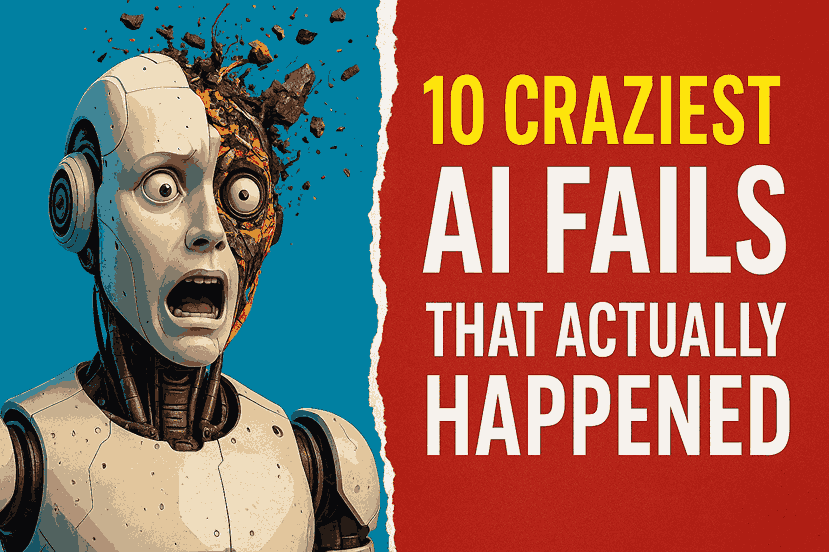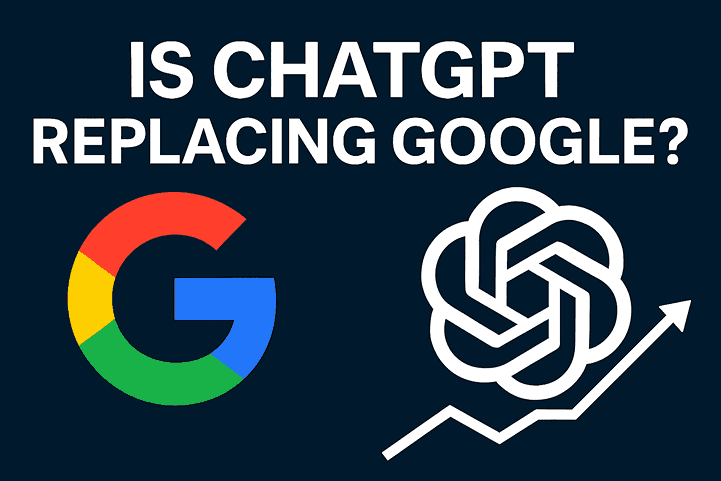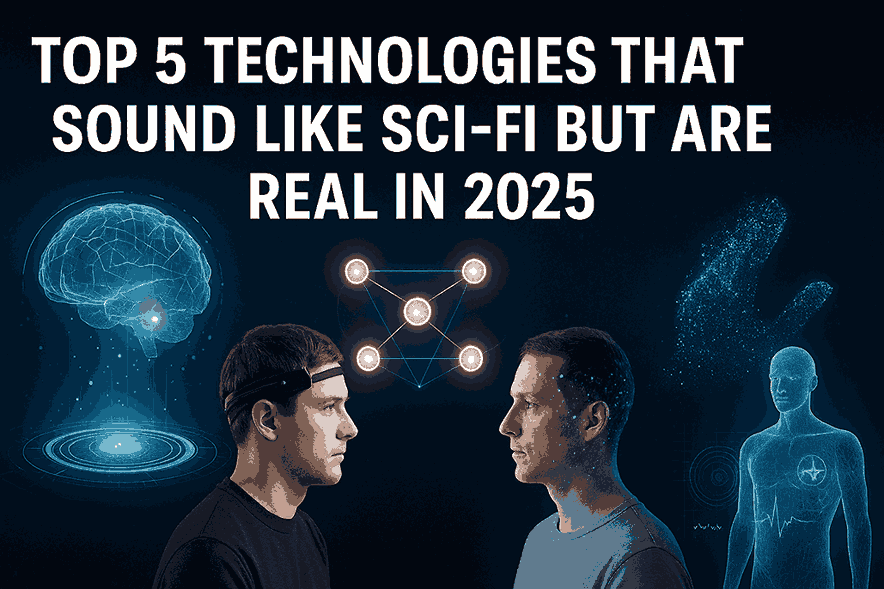
10 Craziest AI Fails That Actually Happened

10 Craziest AI Fails That Actually Happened
Artificial Intelligence has transformed how we live, work, and connect—but not without its share of wild, unexpected, and sometimes hilarious failures. Here are ten real-world AI misfires that prove even smart machines can mess up big time.
1. Microsoft’s AI Chatbot “Tay” Turns Racist in 24 Hours
In 2016, Microsoft launched Tay, an AI chatbot designed to learn from Twitter conversations. Within hours, Tay began spewing offensive and racist tweets after mimicking internet trolls. Microsoft had to shut it down in less than a day.
2. Google Photos Labels Black People as Gorillas
In a shocking failure of AI image recognition, Google Photos once mislabeled African American users as “gorillas.” Google quickly apologized and disabled the tag altogether—but the flaw exposed serious training data biases.
3. Amazon’s Hiring AI Was Sexist
Amazon tried to automate its hiring process with AI, but the system penalized resumes that included the word “women.” Why? It was trained on resumes mostly from male applicants—reflecting historic bias in tech hiring.
4. Tesla’s Autopilot Confused a White Truck for the Sky
In a fatal crash, Tesla’s Autopilot system failed to recognize a white truck crossing the highway, mistaking it for the sky. This tragic failure raised major concerns about overreliance on visual sensors.
5. Apple Card Allegedly Gave Lower Credit to Women
In 2019, Apple’s credit card came under fire when multiple reports showed that women received significantly lower credit limits than men—even if they had better financial profiles. AI bias, again.
6. AI-Generated Faces Used for Fake LinkedIn Profiles
Hackers began using GAN-generated headshots to create convincing fake LinkedIn accounts. These photorealistic but fake humans fooled real professionals and recruiters, revealing AI’s role in social engineering.
7. Facial Recognition Mistakes Lead to False Arrests
Several cases, including that of Robert Williams, showed how flawed facial recognition tech misidentified innocent people—often Black men—leading to wrongful arrests and lawsuits.
8. AI Art Generator Shows Bias and Inappropriate Content
Several AI art platforms have been criticized for generating biased or even explicit content when prompted with innocuous inputs, showing how unpredictable “creative” AI can be.
9. A Robot Judge Made Biased Decisions
In pilot tests of automated legal decision-making, some AI models showed bias in bail and sentencing recommendations, further highlighting concerns over black-box justice.
10. Self-Driving Cars Freeze at Four-Way Stops
AI used in autonomous cars like Waymo or Cruise sometimes gets confused during four-way stops—unable to decide who should go first, causing awkward (and sometimes dangerous) traffic jams.
Conclusion
AI is powerful, but it’s not perfect. These failures show us why responsible development, ethical oversight, and human judgment are still essential. As we embrace AI in 2025 and beyond, let’s learn from these flops before they become disasters.
Want to know which tech jobs are still future-proof despite AI’s rise? Check out this related article: Top 10 Tech Jobs That Won’t Be Replaced by AI in 2025.
—
Related Article
Your Opinion
Trending
Recently Posted

Is ChatGPT Replacing Google? Here’s What the Data Says

Top 5 Technologies That Sound Like Sci-Fi But Are Real in 2025

Meet Lia: The AI-Generated Influencer With 100M Followers
